- Have any questions?
- +86-189 8930 5995
- sales@mosinterchem.com.cn
Lead oxide Lead II IV CAS 1314-41-6

1,4-Benzoquinone CAS 106-51-4
24/12/2018
Diethylene Glycol Monoethyl Ether CAS 111-90-0
24/12/2018| Model: | MOS1314-41-6 |
| Brand Name: | MOSINTER |
| CAS No.: | 1314-41-6 |
| Purity: | ≥97 |
| Plum bousorthoplumbate(Pb3O4): | ≥97% |
| Lead dioxide (PbO2): | ≥33.9% |
| mesh residue (63μm): | ≤0.75% |
| 105℃volatile matter: | ≤0.2% |
| Unsolvable in Nitric Acid: | ≤0.1% |
| Iron(III) oxide (Fe2O3): | ≤0.005% |
| Copper(II) oxide CuO): | ≤0.002% |
Lead (II, IV) oxide (CAS: 1314-41-6)
Chemical Formula: Pb3O4
Molecular Weight: 685.6
Performance: Red heavy powder, insoluble in water and alcohol.
Specification: HG/T3850-2006
| Item | HG/T3850-2006 Standard Index | Controling Range |
| Plum bousorthoplumbate(Pb3O4)% | ≥97 | ≥97.1 |
| Lead dioxide (PbO2)% | ≥33.9 | ≥33.9 |
| 105℃volatile matter % | ≤0.2 | ≤0.1 |
| mesh residue (63μm)% | ≤0.75 | ≤0.75 |
| Unsolvable in Nitric Acid % | ≤0.1 | ≤0.1 |
| Iron(III) oxide (Fe2O3)% | ≤0.005 | ≤0.005 |
| Copper(II) oxide CuO)% | ≤0.002 | ≤0.002 |
Use:
Lead tetraoxide is most often used as a pigment for primer paints for iron objects. Due to its toxicity, its use is being limited. In the past, it was used in combination with linseed oil as a thick, long-lasting anti-corrosive paint. The combination of minium and linen fibres was also used for plumbing, now replaced with PTFE tape. Currently it is mostly used for manufacture of glass, especially lead glass (crystal glass). It finds limited use in some amateur pyrotechnics as a delay charge.
Red lead is used as a curing agent in some polychloroprene rubber compounds. It is used in place of magnesium oxide to provide better water resistance properties.
Red lead was also used for engineer’s scraping, before being supplanted by Engineer’s blue. In traditional Chinese medicine, red lead is used to treat ringworms and ulcerations, though the practice is limited due to its toxicity. Also, azarcon, a Mexican folk remedy for gastrointestinal disorders contains up to 95% lead(II,IV) oxide.[4] It is also used for worshipping Hindu deities.
You must be logged in to post a review.

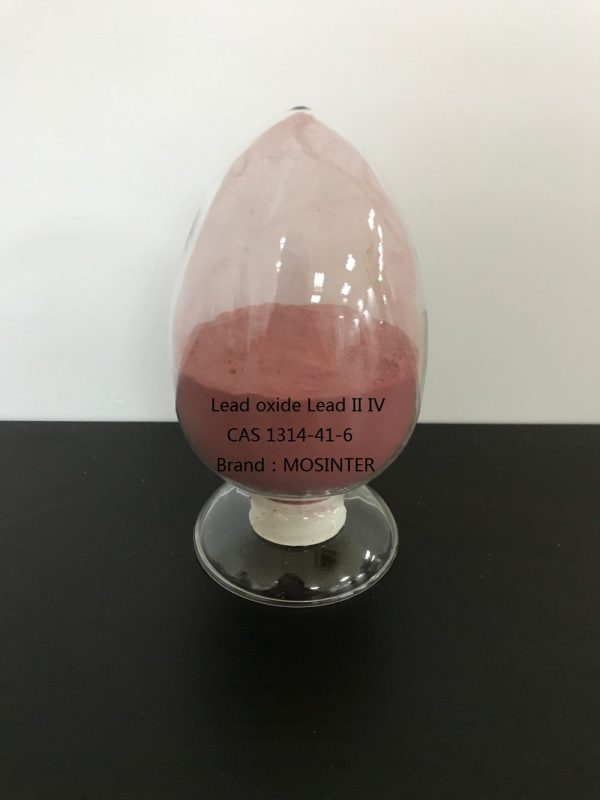
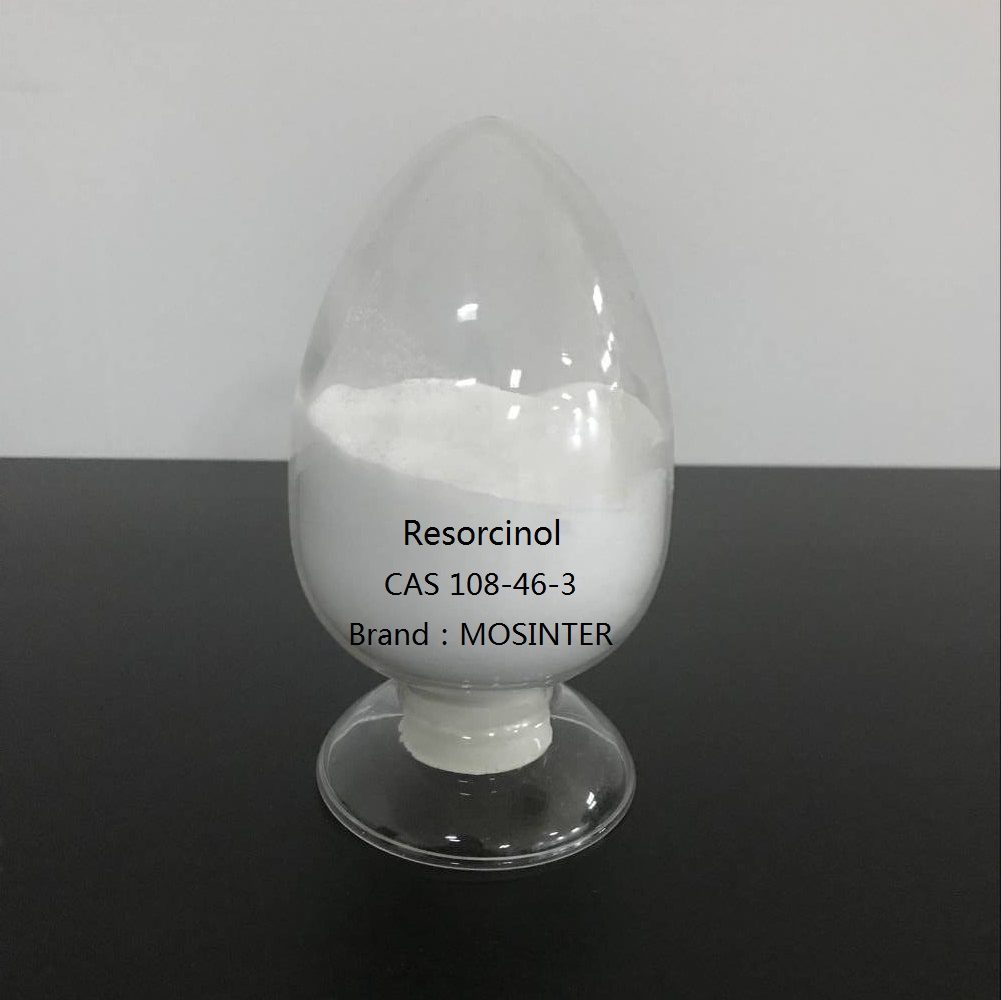
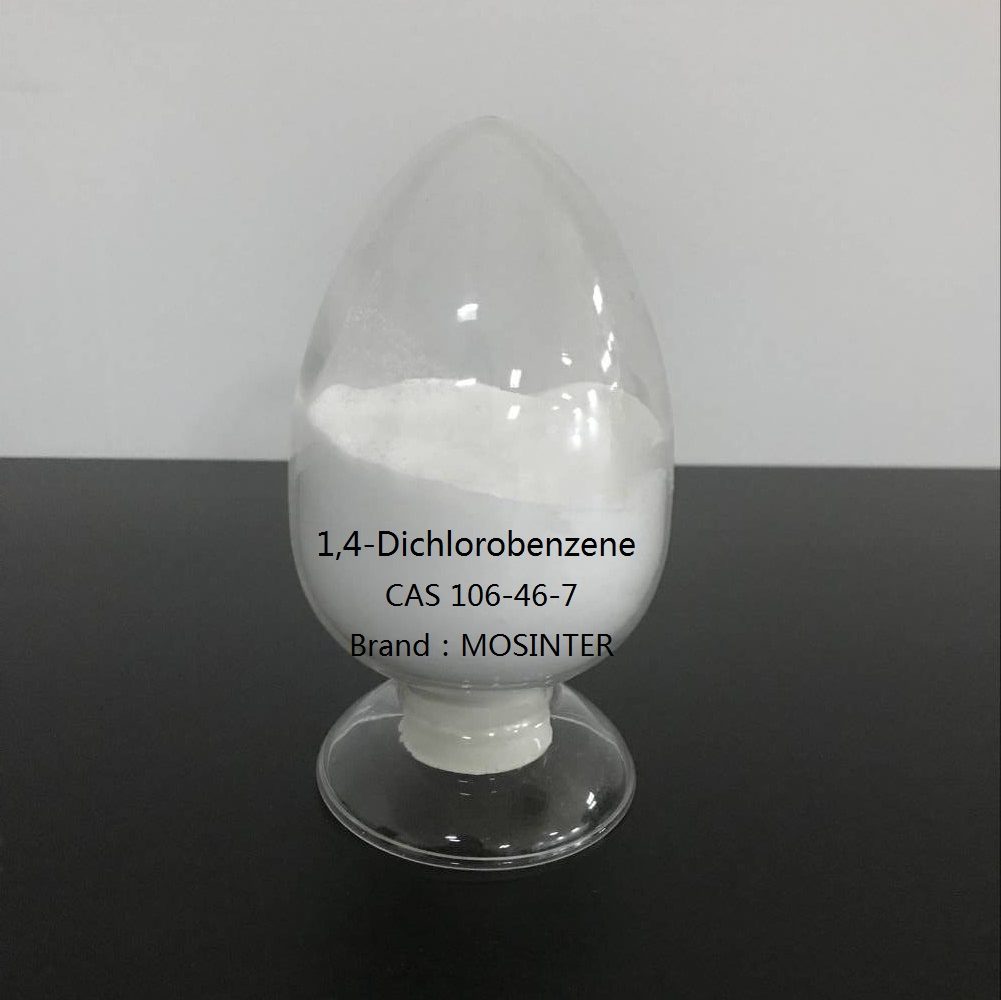
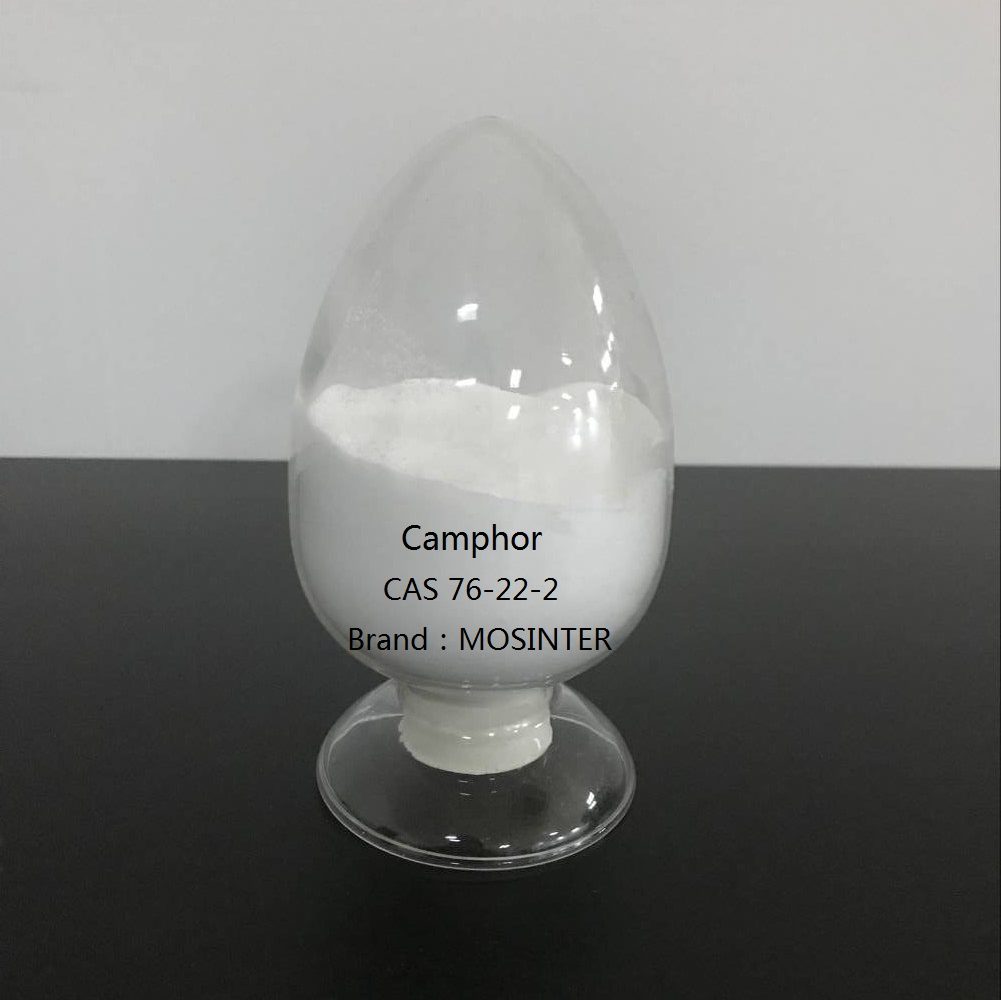
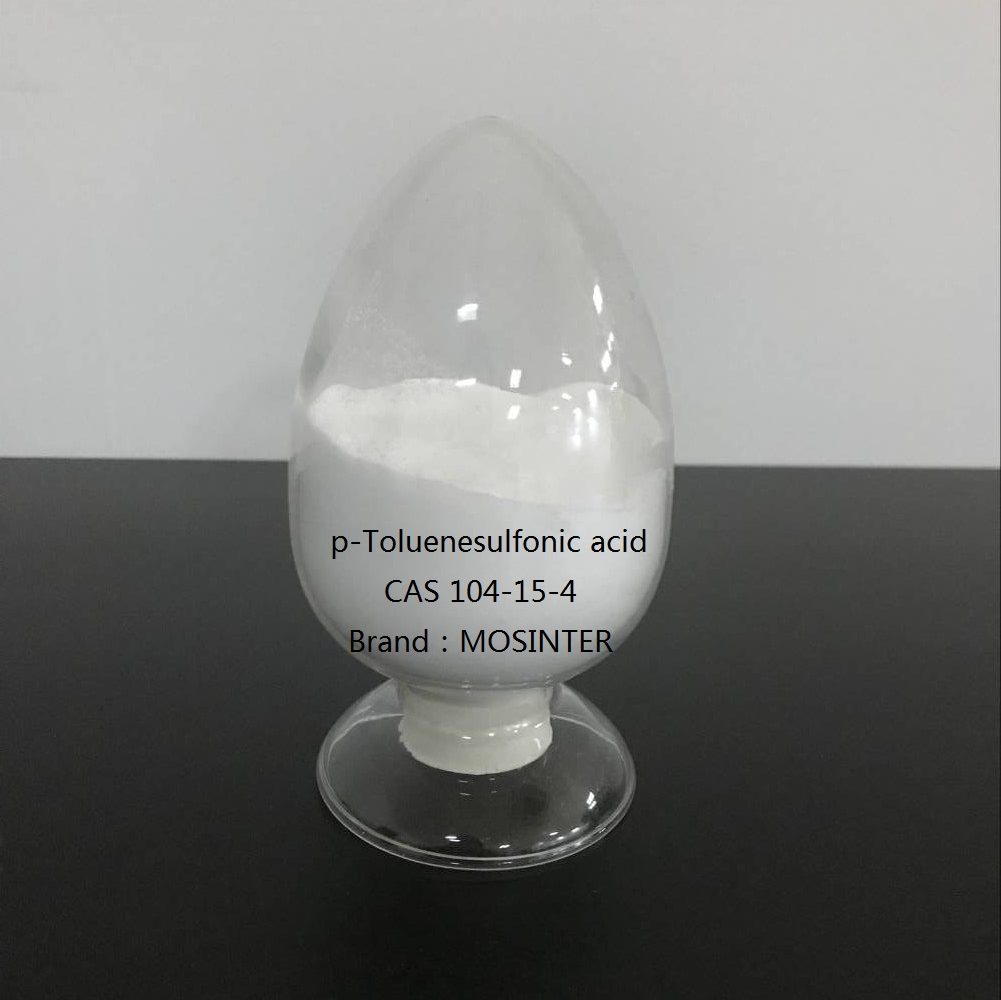
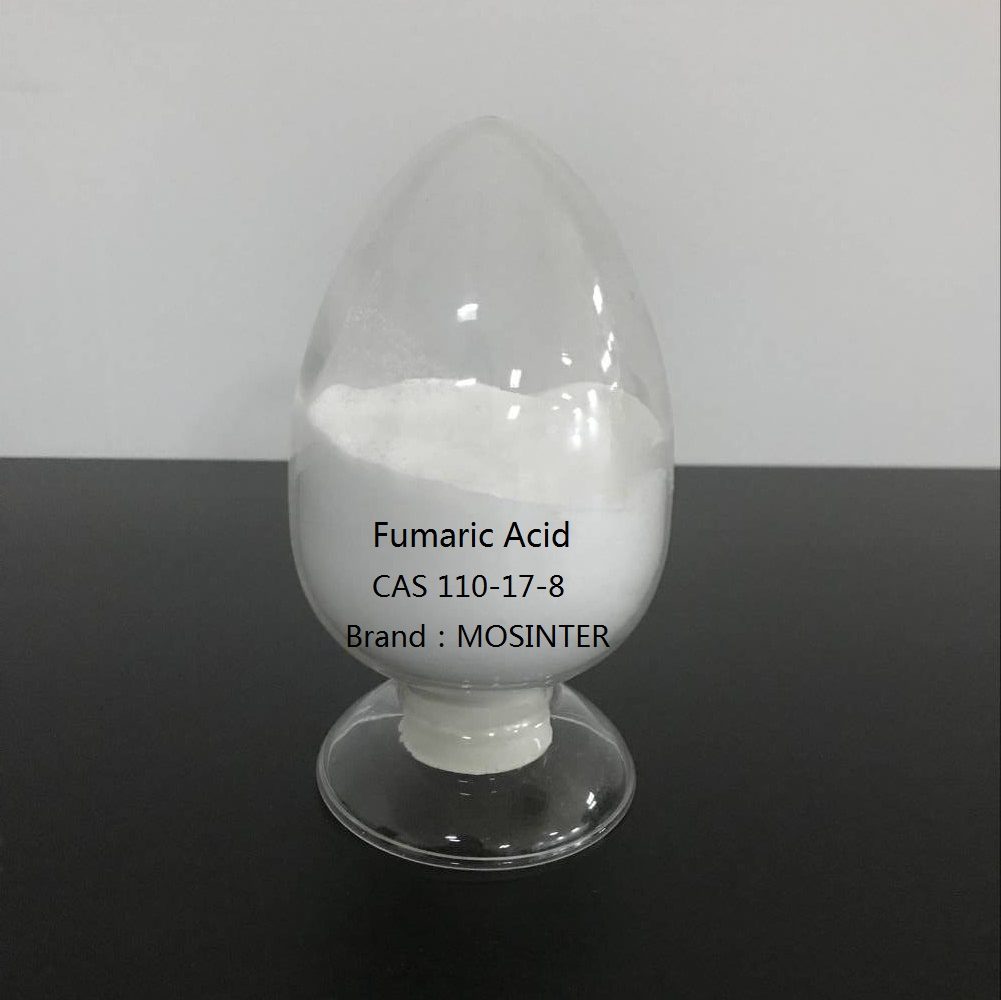
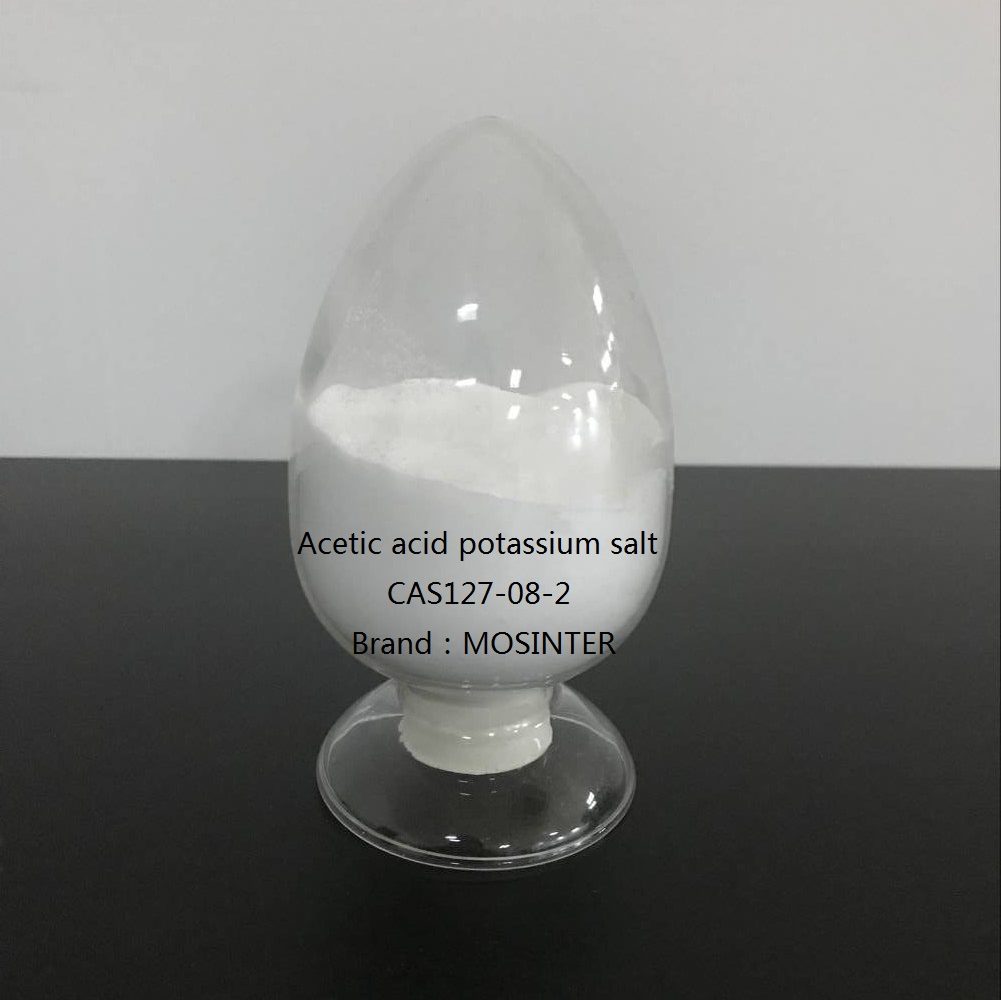
Reviews
There are no reviews yet.